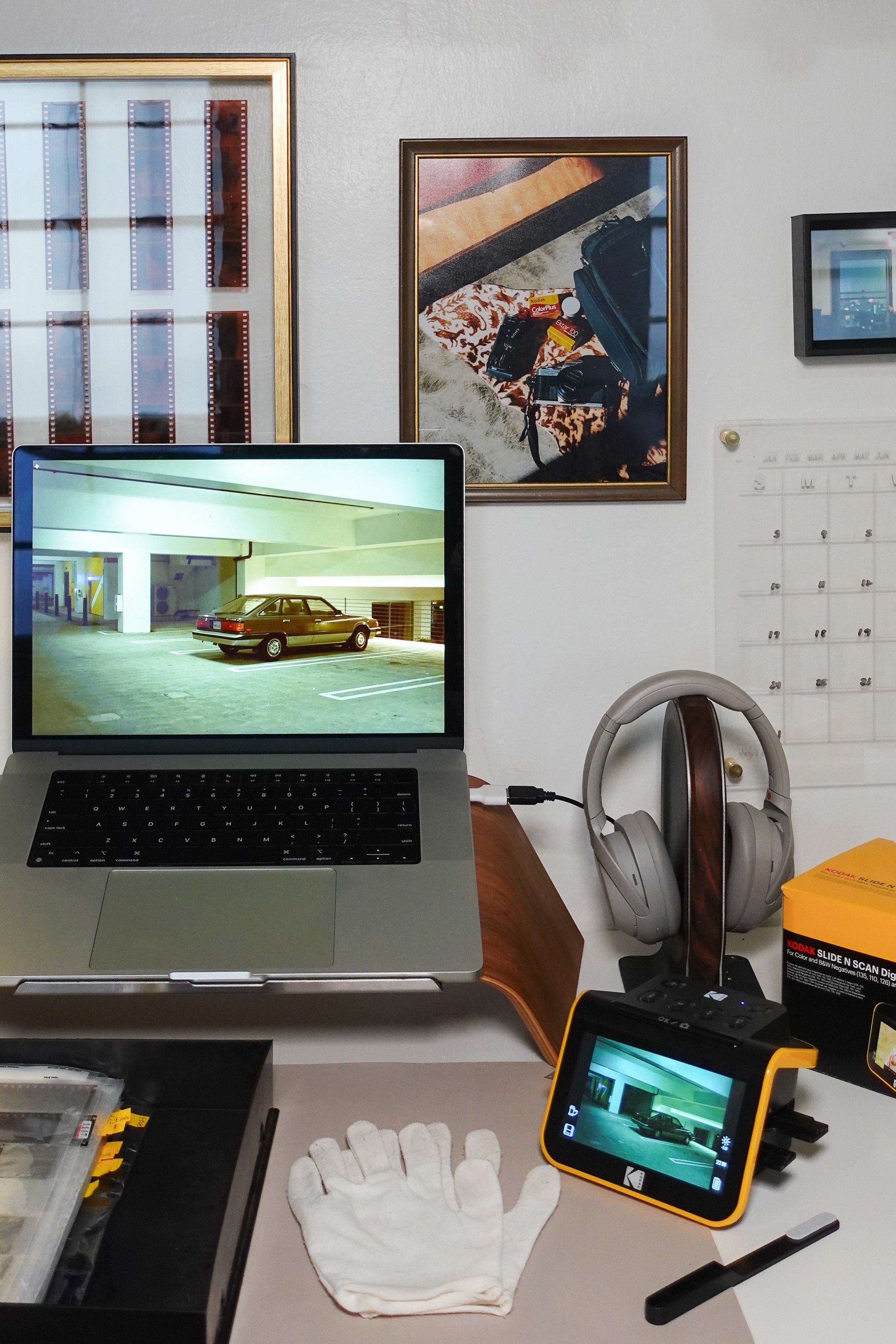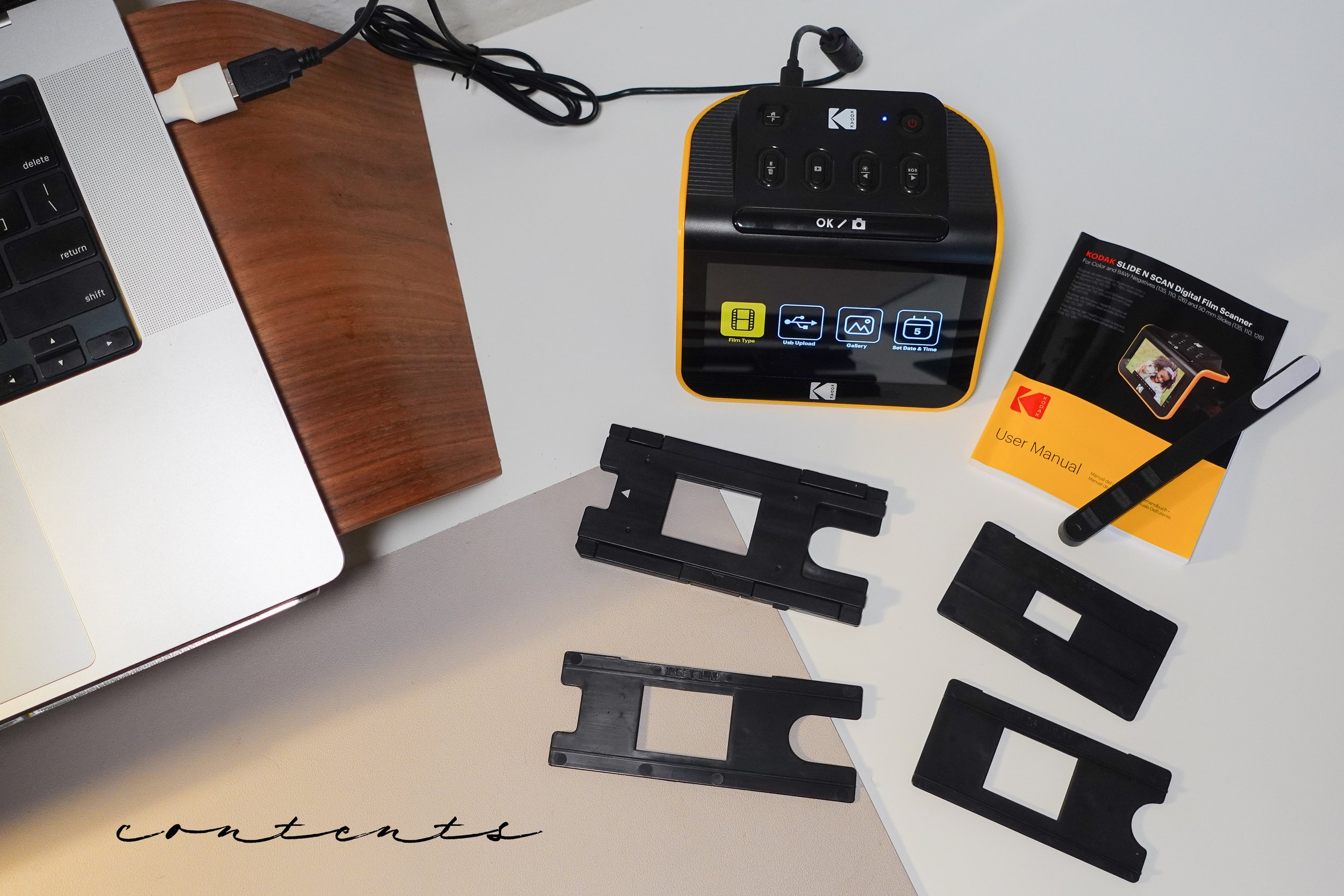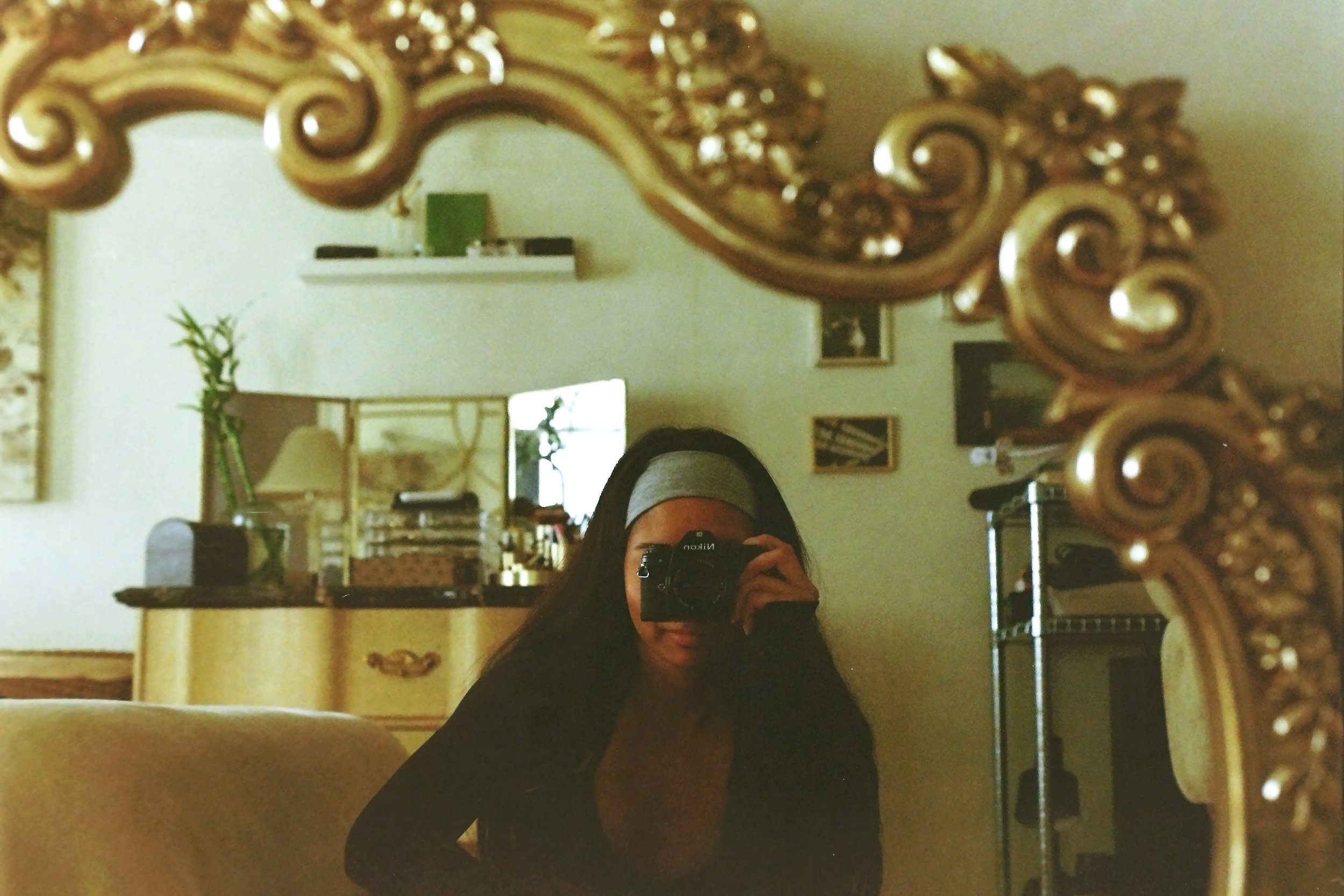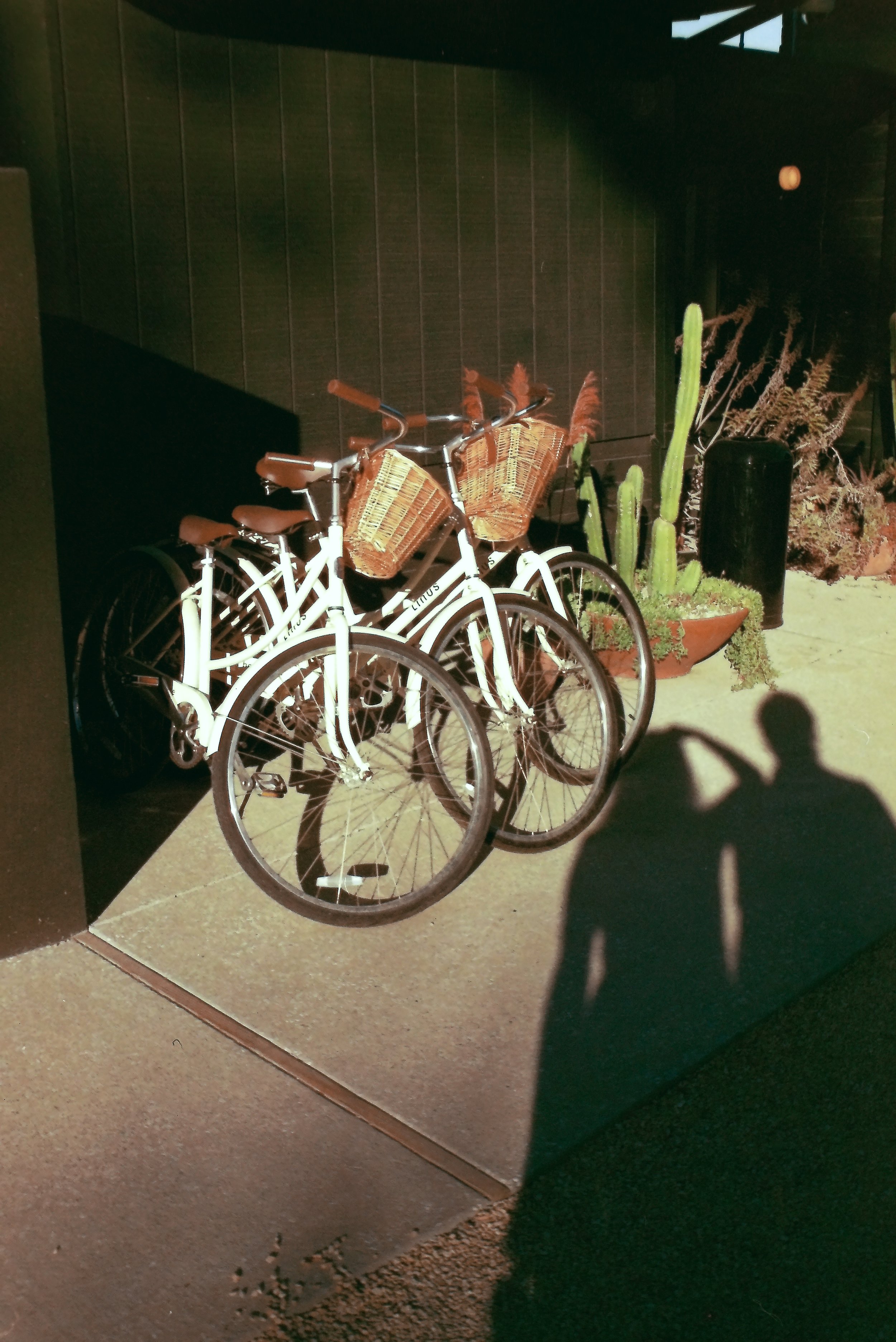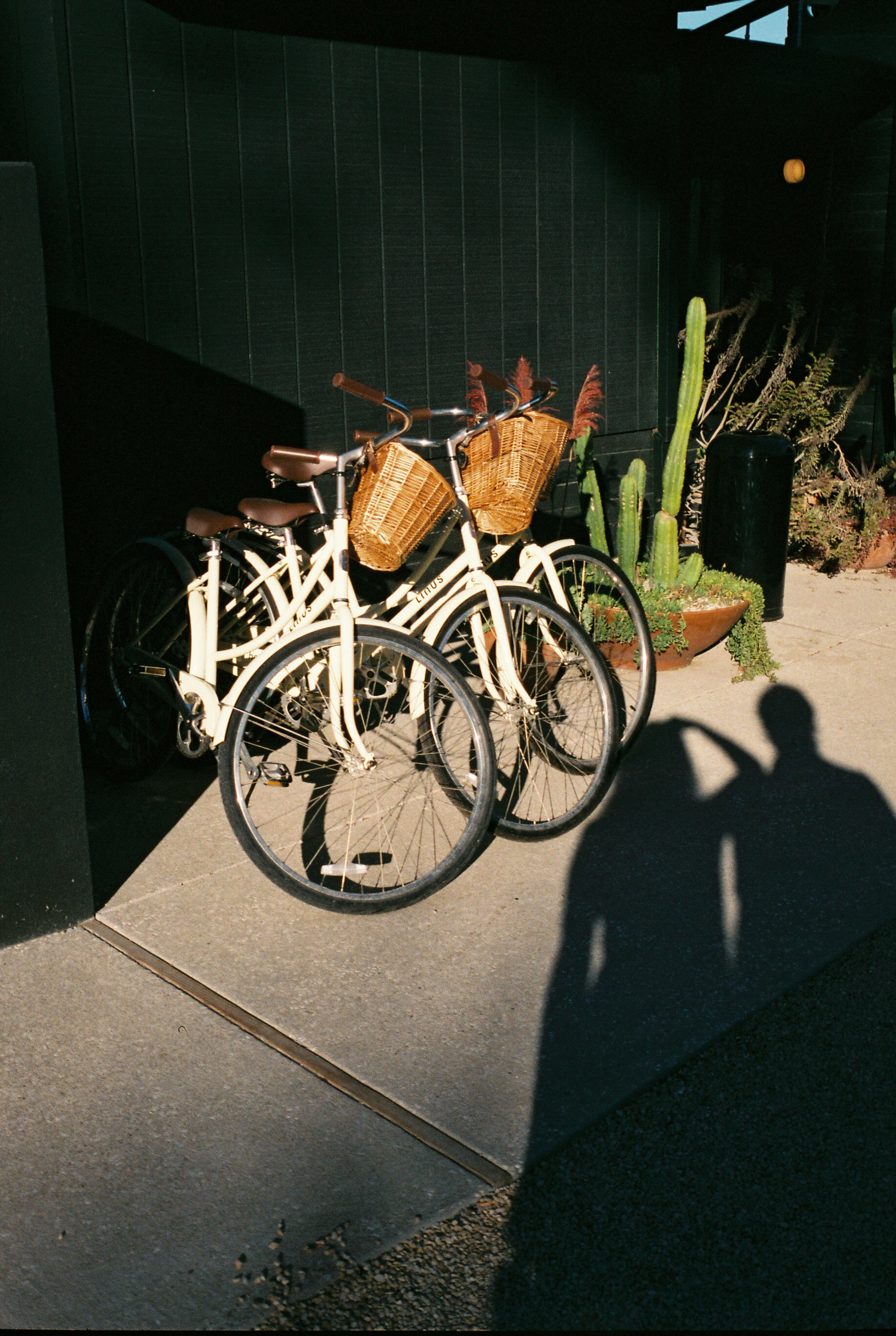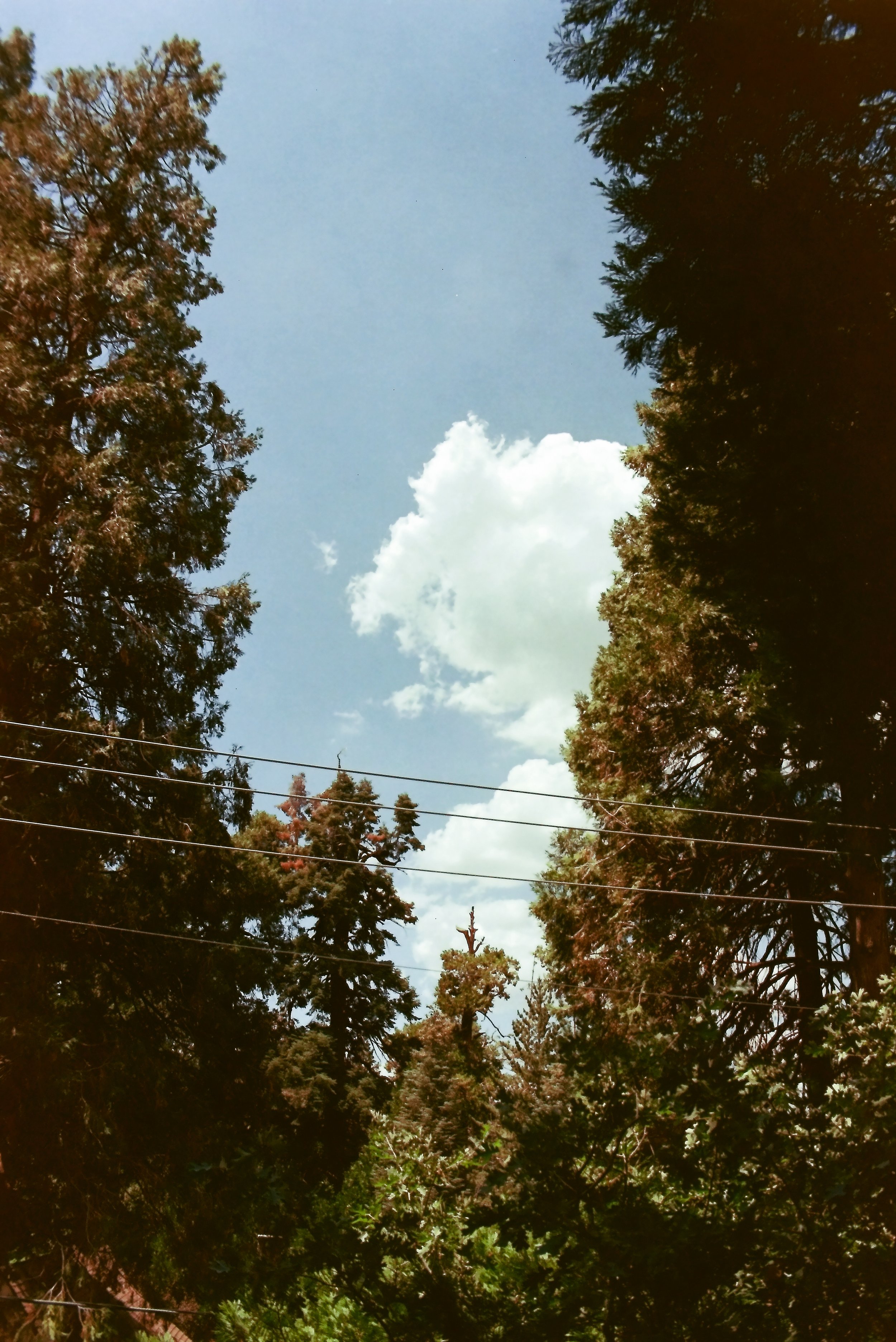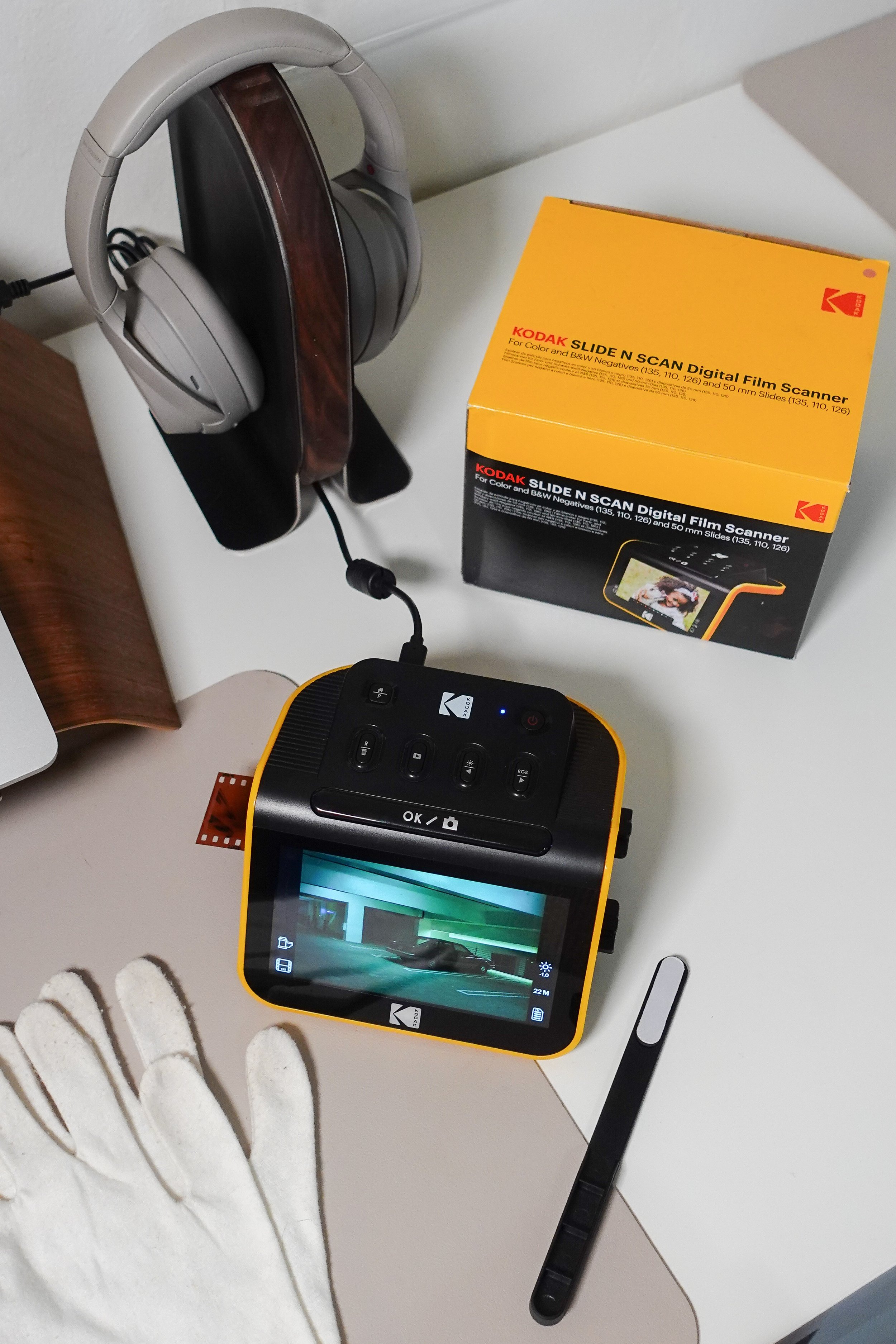I’ve been scanning my own 35mm film for a while now with the Epson Perfection V600 (Color Photo, Image, Film, Negative & Document) Scanner, but I’ve always wondered about the Kodak SLIDE N SCAN Digital Film and Slide Scanner. This has been in my Amazon “Recommended For You“ section for the longest time, so it was a very welcome surprise when Kodak reached out to me to test out and post about my thoughts on this compact device.
I wasn’t sure what to expect from this scanner because the user-friendly interface makes it seem too good to be true (and this is coming from someone that has thrifted and tested many different film negative-to-digital devices and scanners), but it managed to give me some decent results. The process is extremely straightforward (as shown in the video below). After plugging the device into my Macbook Pro and inserting an SD card into the SD card slot in the back, the scanner is ready to use in just a few seconds. The way this works is by inserting the 50x50mm slide holder into the film scanner (using the film adapters depending on what film format you’re working with) and then sliding your (developed) film negatives through the holder. The film negatives are inverted instantly to a positive image on the screen and from there, you can adjust the image brightness and color (adjusting for Reds, Greens, Blues) or save to the SD card at a resolution of 14 megapixels or 22 megapixels. Just a warning: the editing on screen takes a little getting used to. I find that the LCD screen isn’t the best reflection of how the colors of an image will look like while viewing on my computer or my phone screen, so I didn’t play around too much with the colors and primarily used the brightness adjustments:
My first thought after seeing the first image on the LCD screen was how simple this is going to make things for me when I want to easily preview a roll of film. If you’re familiar with the Epson Perfection V600 scanner, then you know that it isn’t the fastest option out there. I also like to manually invert my film, so it’s a more complicated process for me to review a roll of film using the Epson V600 in comparison to how simple and quick the Kodak scanner is. After posting a video of me using this on Instagram, I saw a mix of comments I wanted to address. While I don’t think this Kodak scanner will replace my flatbed scanner for prints, I do believe it has its uses. I wouldn’t recommend this for professional or perfectionist hobby photographers because the resolution and color profile is unlikely to satisfy that customer. However, I can definitely see this working for more casual film photographers that want a simple solution for digital copies of their film, for those without access to local film labs that offer decent scans, or for people with tons of old film negatives that need digitizing done quickly.
With that said, here are some side-by-side comparisons of scans using the Kodak SLIDE N SCAN Digital Film Scanner vs. scans from my local photo lab (The Photo Lab in Costa Mesa, California):
Kodak Portra 400 scanned with Kodak SLIDE N SCAN Digital Film Scanner.
Kodak Portra 400 scanned by The Photo Lab.
Kodak ColorPlus 200 scanned with Kodak SLIDE N SCAN Digital Film Scanner.
Kodak ColorPlus 200 scanned by The Photo Lab.
Cinestill 800T scanned with Kodak SLIDE N SCAN Digital Film Scanner.
Cinestill 800T scanned by The Photo Lab.
Fujifilm Superia X-tra 400 scanned with Kodak SLIDE N SCAN Digital Film Scanner.
Fujifilm Superia X-tra 400 scanned by The Photo Lab.
Fujifilm Superia X-tra 400 scanned with Kodak SLIDE N SCAN Digital Film Scanner.
Fujifilm Superia X-tra 400 scanned by The Photo Lab.
Kodak Portra 400 scanned with Kodak SLIDE N SCAN Digital Film Scanner.
Kodak Portra 400 scanned with Epson Perfection V600 (scanned at home).
Kodak Ektar 100 scanned with Kodak SLIDE N SCAN Digital Film Scanner.
Kodak Ektar 100 scanned by The Photo Lab.
Kodak Portra 400 scanned with Kodak SLIDE N SCAN Digital Film Scanner.
Kodak Portra 400 scanned by The Photo Lab.
Cinestill 800T scanned with Kodak SLIDE N SCAN Digital Film Scanner.
Cinestill 800T scanned by The Photo Lab.
Kodak Portra 400 scanned with Kodak SLIDE N SCAN Digital Film Scanner.
Kodak Portra 400 scanned by The Photo Lab.
Final thoughts: I like it for previews and casual digital copies! While the sharpness and grain of my scans don’t show up as well with the Kodak SLIDE N SCAN in comparison to my local photo lab, the quality and colors turned out to be much truer than I expected for such an unfussy device. As I mentioned before, I’ve found quite a few machines at the thrift store promising “easy digitization” for film negatives and have never been too impressed with what I’ve found. These devices either took too long, the color inversion was terrible, or the software was too outdated to use on my laptop. All in all, the Kodak SLIDE N SCAN is definitely the easiest and fastest scanner I’ve ever used (and will continue to use), but I can see the image resolution and color profile being a turn off for some people depending on preference. For almost half the retail price of the Epson V600, I think it’s worth a scan to see if it meets your needs.
